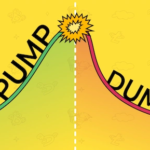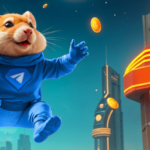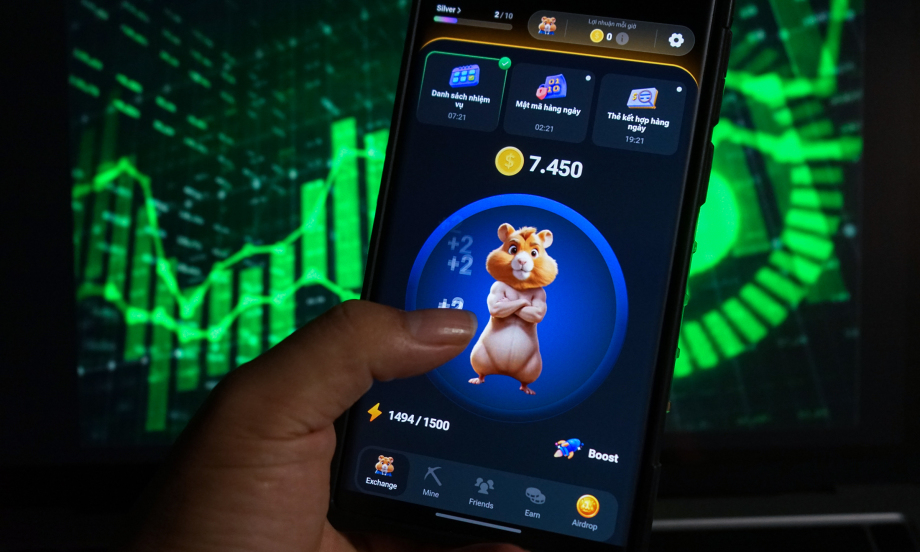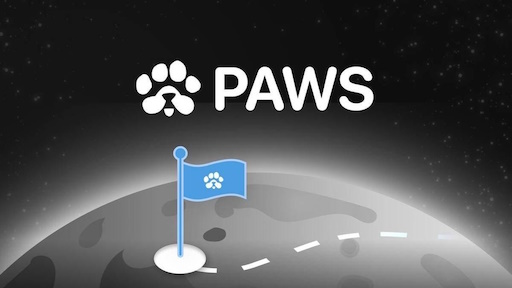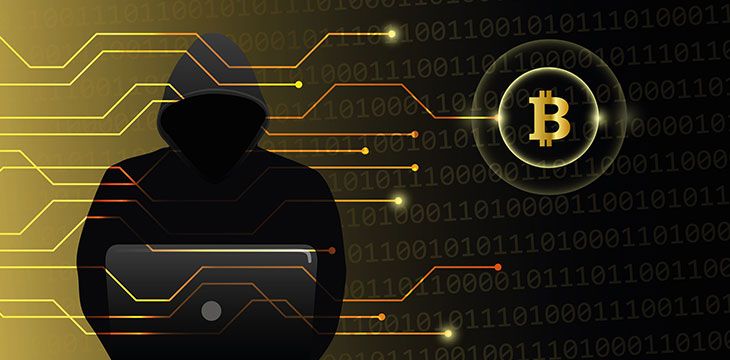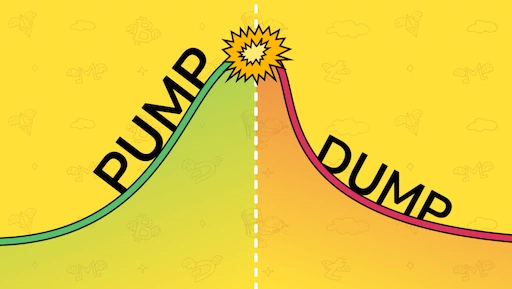Hamster Kombat: The Highs and Lows of a Promising Telegram Crypto Game
Launched in March 2024, Hamster Kombat quickly captured the attention of millions, rapidly becoming one of the fastest-growing mobile games in history. With a unique blend of play-to-earn mechanics and crypto exchange simulation, it garnered over 250 million players in just a few months. On the surface, it seemed poised for greatness. However, recent events—particularly surrounding its highly anticipated airdrop—have left many users feeling disappointed and betrayed.
Let’s take a closer look at what made Hamster Kombat such an exciting prospect, why it ultimately let so many players down, and how the community’s HODL mentality and continued support could turn this game into the best of all Telegram mini apps.
What is Hamster Kombat?
At its core, Hamster Kombat is a Telegram-based crypto game that blends fun, strategy, and blockchain education. Players act as CEOs of a virtual cryptocurrency exchange, earning Hamster coins (HMSTR) by tapping on a digital hamster, similar to the mechanics seen in clicker games. As players accumulate coins, they can invest in upgrades like marketing, licenses, and new products, all designed to boost their coin-earning potential.
The game features daily promotions, mini-games, and missions, which keep players engaged and add layers of strategy. There’s also a referral system that allows players to earn rewards by inviting friends. Most notably, each hamster character is an NFT, giving players the ability to trade and customize their in-game assets.
But Hamster Kombat is more than just a game. It’s also a platform for financial education, where players can learn about crypto, investments, and blockchain technology while having fun. The game’s integration of NFTs and play-to-earn elements made it stand out as a potential game-changer in the crowded world of Telegram mini apps.
The Promise of Hamster Kombat
From the start, the game promised much. The token launch was expected to propel Hamster Kombat into a new realm, making it one of the most rewarding crypto gaming experiences available. Its active community presence on platforms like YouTube and X (formerly Twitter) created a buzz that suggested it was destined for mainstream success. By blending a competitive, combat-driven gameplay mode with crypto exchange simulation, it offered something new to both crypto enthusiasts and casual gamers alike.
The Disappointment: Season 1 Airdrop Fiasco
Unfortunately, the excitement surrounding Hamster Kombat’s future was short-lived. The launch of Season 1 and its highly anticipated airdrop revealed significant flaws in the game’s token distribution system.
1. Unfair Disqualifications
Many players were blindsided when it was revealed that around 63% of participants were disqualified from the airdrop due to failure to meet certain criteria involving in-game key collections. These keys, which many players thought were non-essential, turned out to be critical for eligibility. This sudden disqualification left a significant portion of the player base feeling misled and betrayed.
2. Token Distribution Issues
The airdrop itself was a disappointment. Players had spent months of gameplay eagerly anticipating their rewards, only to receive minimal amounts of tokens—often described as “dust”—worth between $1 and $10. The disparity between what players expected and what they actually received led to widespread dissatisfaction. Given the time and effort involved in earning tokens, this stark contrast left many players questioning the integrity of the entire airdrop process.
3. Technical Glitches and Delays
As if the token distribution wasn’t bad enough, the launch was also plagued by technical issues and delays. Many players found it impossible to trade their tokens due to low token amounts that didn’t meet the minimum thresholds for transactions on exchanges. The glitches caused further frustration and compounded the overall negative sentiment surrounding the airdrop.
4. Community Backlash
The backlash from the community was swift and intense. Calls for greater transparency and accountability grew louder as players expressed their dissatisfaction on social media platforms. Many voiced their frustration with the game’s lack of clear communication, leading to doubts about the developers’ commitment to maintaining fairness in future events.
The Decline: Season 2 and User Exodus
After the disaster of the Season 1 airdrop, Hamster Kombat moved into Season 2 with a hefty 15 billion HMSTR tokens allocated for its new phase. However, trust had already been broken. Many players expressed their intent to boycott Season 2 unless drastic changes were made to address the issues raised during Season 1.
As a result, Hamster Kombat saw a sharp decline in its user base. From an impressive 300 million users, the active player count plummeted to around 41 million—a staggering drop of 259 million players in just three months. This decline is a clear sign of how the community’s dissatisfaction with the token distribution process has impacted the game’s long-term potential.
HODL: Can the Game Be Saved?
Despite the rough start, all hope is not lost for Hamster Kombat. The game still has a dedicated, though shrinking, user base. For it to regain its former glory—and perhaps even surpass the expectations players once had—it will require the developers to take a series of crucial steps:
1. Transparency and Communication
The community’s frustration largely stems from a lack of clear communication from the development team. A commitment to openness—particularly around the token distribution process, rewards eligibility, and technical issues—could go a long way in rebuilding trust.
2. Listening to the Community
The players are the lifeblood of any game, and Hamster Kombat must take feedback seriously. Many users have suggested improvements to the game’s mechanics, reward systems, and in-game events. By involving the community in the decision-making process, the game can better align with what players want.
3. HODL Strategy: Reward Long-Term Engagement
One of the most significant ways to regain player loyalty is through a solid HODL (Hold On for Dear Life) strategy. By offering incentives for players to hold onto their tokens rather than cashing out immediately, Hamster Kombat could encourage a more sustained commitment from players. This could take the form of staking rewards, special bonuses for long-term users, or even exclusive NFT drops for players who remain active over time.
4. Improve the Token Economy
The tokenomics of the game need to be reevaluated to ensure that rewards are fair, attainable, and valuable. Ensuring that players’ time and effort translate into meaningful rewards—rather than insignificant amounts of “dust”—will be key in rebuilding confidence in the system.
Looking Ahead: Hamster Kombat’s Future
Despite the setbacks, Hamster Kombat has the potential to be a leader in the world of Telegram mini apps. Its innovative mix of play-to-earn gameplay, NFT integration, and crypto education sets it apart from many other games in the space. However, the developers must act swiftly and decisively to restore trust within their community.
If the game can address its shortcomings, rebuild its player base, and incentivize long-term engagement, there’s still a real possibility for Hamster Kombat to thrive. The next few months will be critical in determining whether this ambitious project can rise from the ashes of its early disappointments and fulfill its promise of revolutionizing the world of crypto gaming on Telegram.



